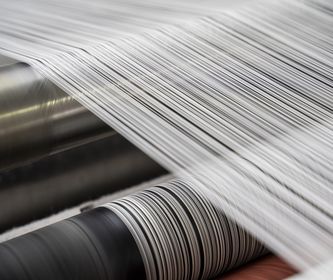Reduce
the environmental impact of used textiles and footwear
by optimising
their end-of-life
Reducing the environmental impact of the textile and footwear sector is a top priority.
Refashion is committed to supporting this major goal by relying on objective and shared data. In 2024, the eco-organisation updated the Environmental Assessment of the EPR textile sector as part of its Environmental, Economic and Social Observatory. Aligned with current ISO standards and subject to a critical review, this assessment serves as a reference framework for guiding long-term environmental performance.

It covered all key stages (collection, sorting, reuse, recycling, recovery), integrating both generated and avoided impacts, with the following objectives:
To provide industry stakeholders with reliable, objective data on the environmental impacts associated with different end-of-life scenarios;
To identify the most impactful "hotspots" based on the stages or material flows processed;
To suggest avenues for continuous improvement and strengthen collective mobilisation around a shared trajectory of progress.

